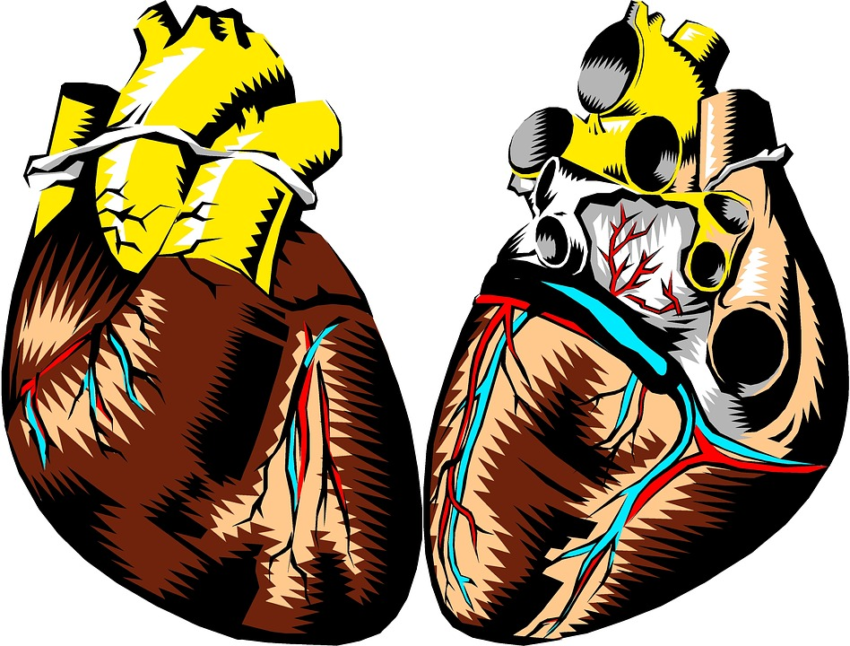We don’t hear much about vitamin E these days. It’s suffered a lot of scrutiny through the years, mainly due to poor research. But the vitamin might be just what you need if you have any sort of cardiovascular disease.
In recent years, there’s been a lot of attention focused on infections causing heart attacks and other cardiovascular problems. But we knew about this problem more than 20 years ago.
Back in the 1990s, we found out something very surprising about the coxsackievirus B3 (CVB3). This relatively mild virus (most of the time), can become extremely virulent against the heart. But researchers weren’t sure why.
It turns out that a vitamin E deficiency causes the CVB3 virus to turn and attack the heart.
In other words, when the researchers removed vitamin E from the diet of mice with the CVB3 virus, they exhibited more severe cardiac disease than the mice whose diets included vitamin E supplementation.
This was a highly significant finding that most people have forgotten today. It showed just how protective the nutrient is of your heart and entire cardiovascular system. But there’s more.
The researchers found that when a mouse is vitamin E-deficient, it creates problems for all the heart cells of the mouse—even those that have sufficient vitamin E. When you become deficient in a nutrient, your body has to decide where to send the nutrients it does have.
Since it can’t protect all of them, the CVB3 virus can gain strength. It can then attack cells that have enough vitamin E.
That make the CVB3 a potentially deadly virus!
But that’s not all vitamin E does. It’s also a potent antioxidant. It prevents damage to lipids in cellular membranes by reactive forms of oxygen. That means it keeps your LDL from becoming oxidized—the most dangerous form of LDL.
So if someone ever tells you that vitamin E is a nutrient looking for a disease, tell them it’s found one—heart disease. Without it, your heart disease can worsen and even become deadly.
Taking vitamin E is easy. You’re likely getting it from your multivitamin. However, most typically give you only 100 IU daily. So I recommend adding 100 mg of tocotrienols. This is vitamin E’s cousin, but it has the exact same nucleus as vitamin E. The difference comes in the side chain or “tail” of the molecule. The tails of tocotrienols are 30% shorter, making them move much easier from one cell to the next. That means it can protect more cells faster, preventing CVB3 from becoming virulent.
Reference:
https://www.ncbi.nlm.nih.gov/pubmed/8120653
